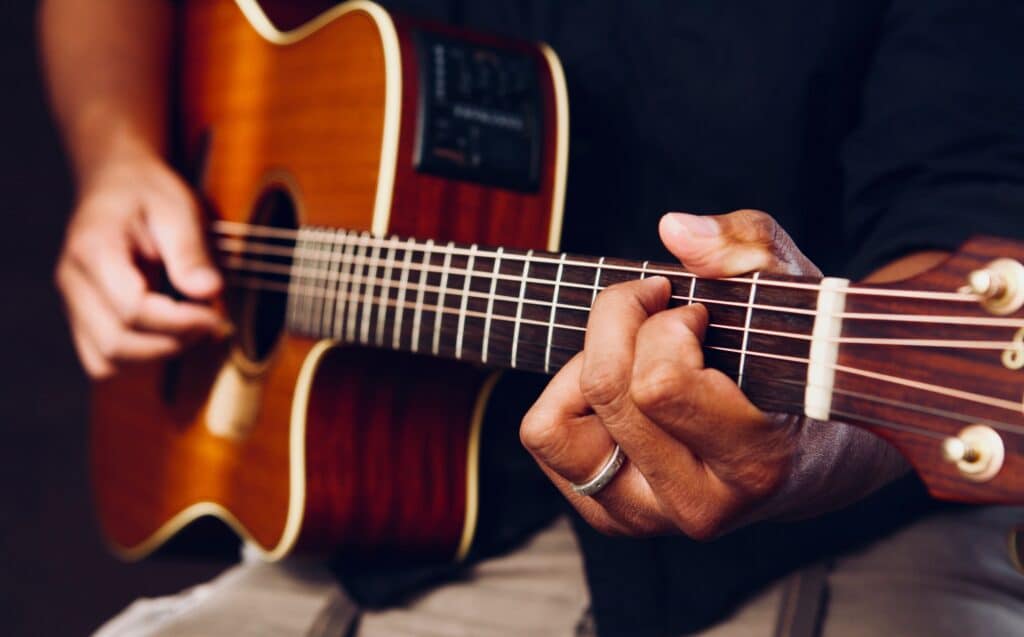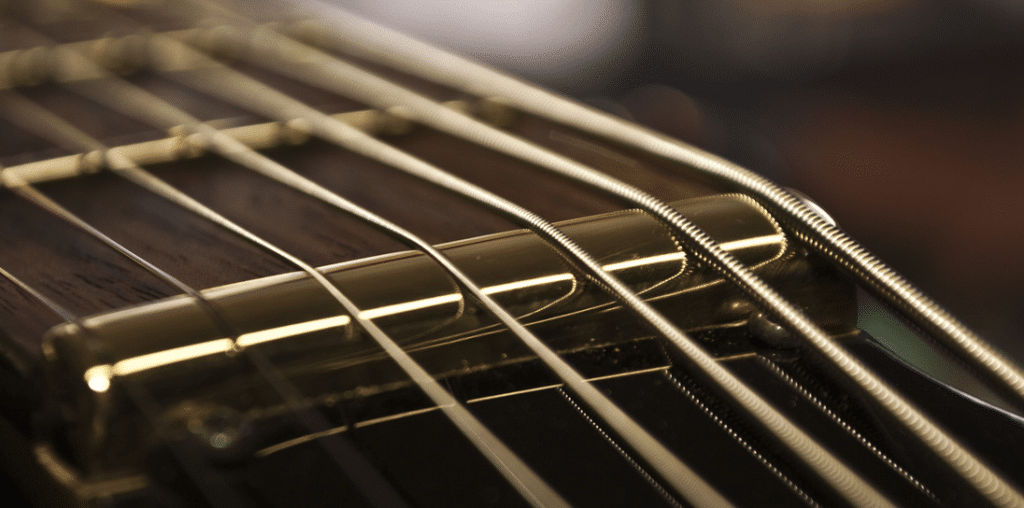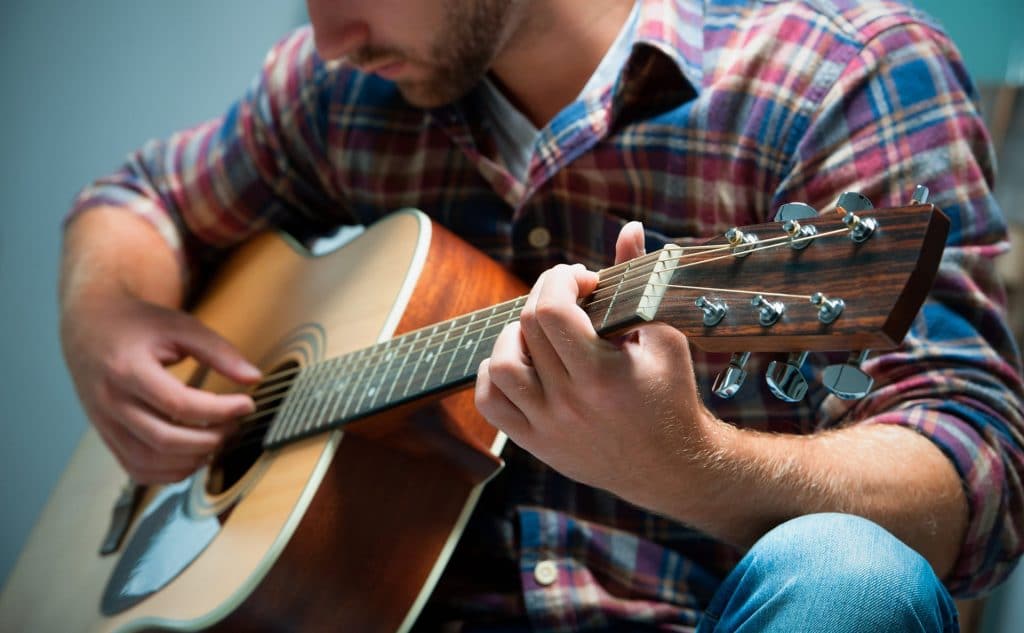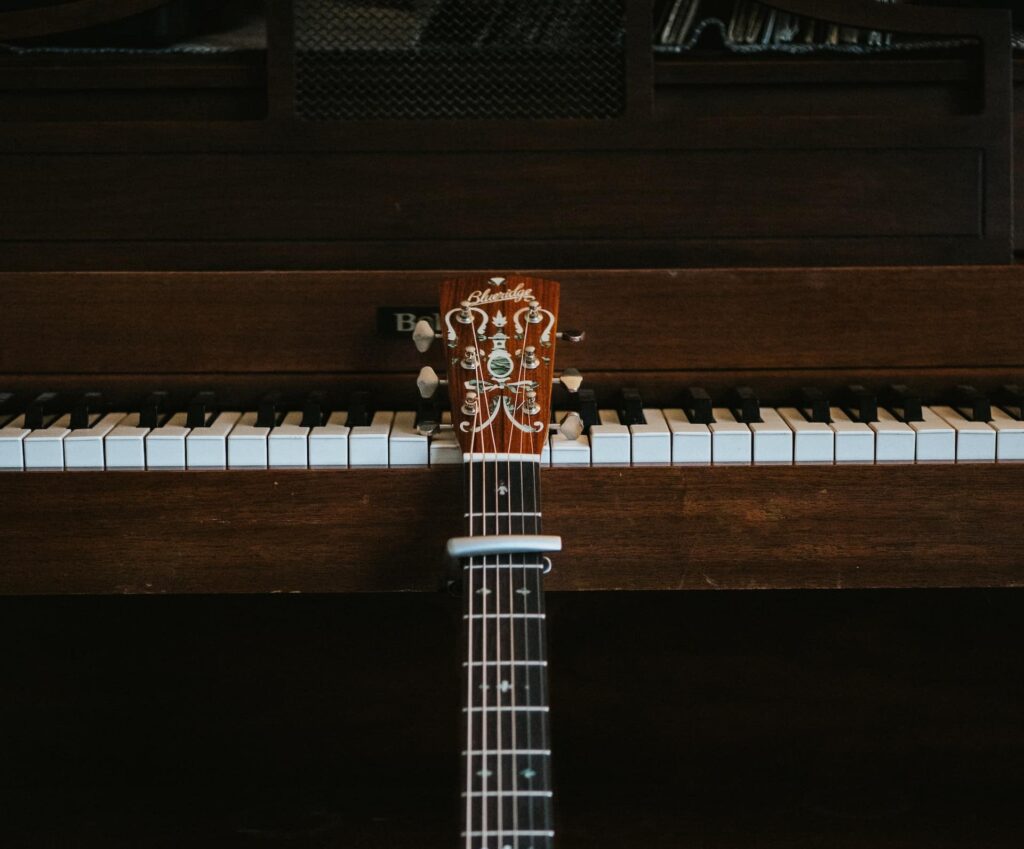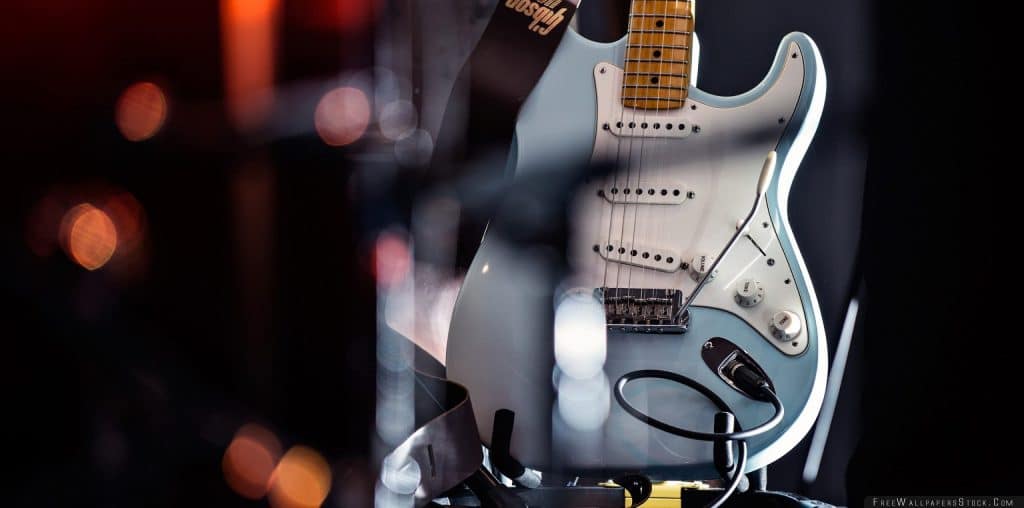Choose wisely – how to pick a guitar for Rocksmith
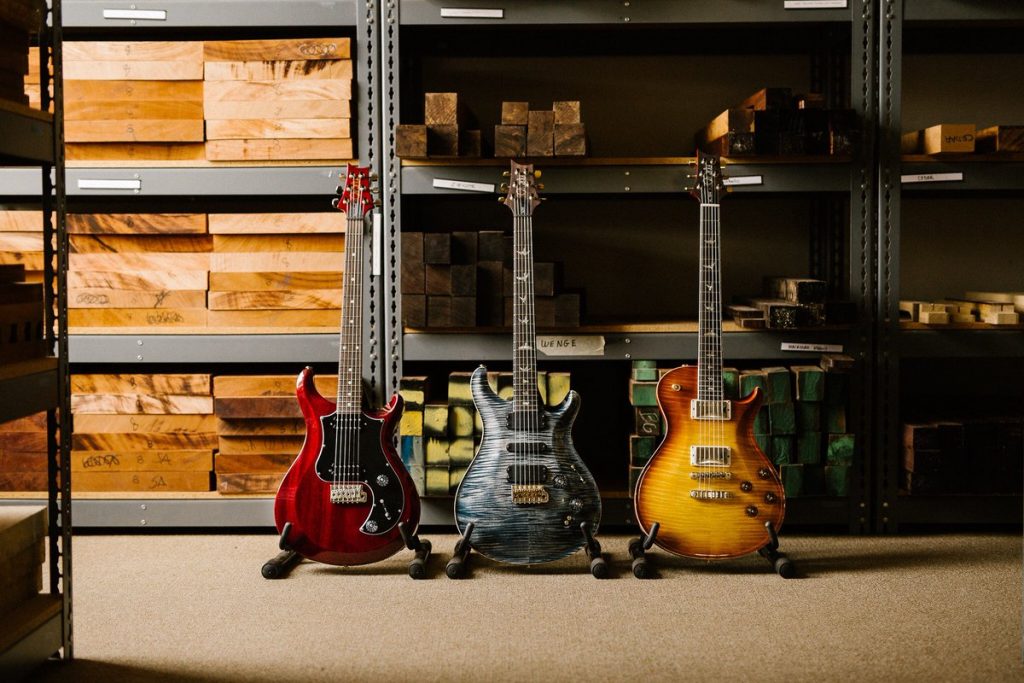 When it comes to choosing the best guitar for Rocksmith, there are a few factors you need to consider to ensure you have the right one to help you succeed with the game and learn basic guitar playing skills.
When it comes to choosing the best guitar for Rocksmith, there are a few factors you need to consider to ensure you have the right one to help you succeed with the game and learn basic guitar playing skills.
First, you need an electric guitar rather than an acoustic with a microphone. The latter won’t work as well, plus the mike will likely pick up ambient noise from the room. The electric guitar needs to sound good, too, whether you’re plugged into the game or playing on your own.
The guitar should be a bit more basic, so it is easy to play, especially for beginners. It also needs to be comfortable, so check out the size, shape, and weight, and make sure they all work well with your body, especially if you’re practicing for hours.
Though it won’t affect your playing, having a guitar that looks good will boost your confidence and make you more excited to play it. Beginners should also look for an inexpensive instrument. As you get better, you can upgrade to a more expensive model if you like, but a cheaper one is best for a starter guitar.
Price tag
If you’re just learning to play the guitar, it’s best not to spend a thousand dollars before you even learn the first chords. Beginners should stick with low-end, basic models. This doesn’t mean an unreliable, cheaply made product either. You can find a decent beginner guitar that costs between $180 and $500. Once you’ve moved beyond the learning stage, you can upgrade to a better model.
Consider the following features of a guitar that will be perfect for Rocksmith
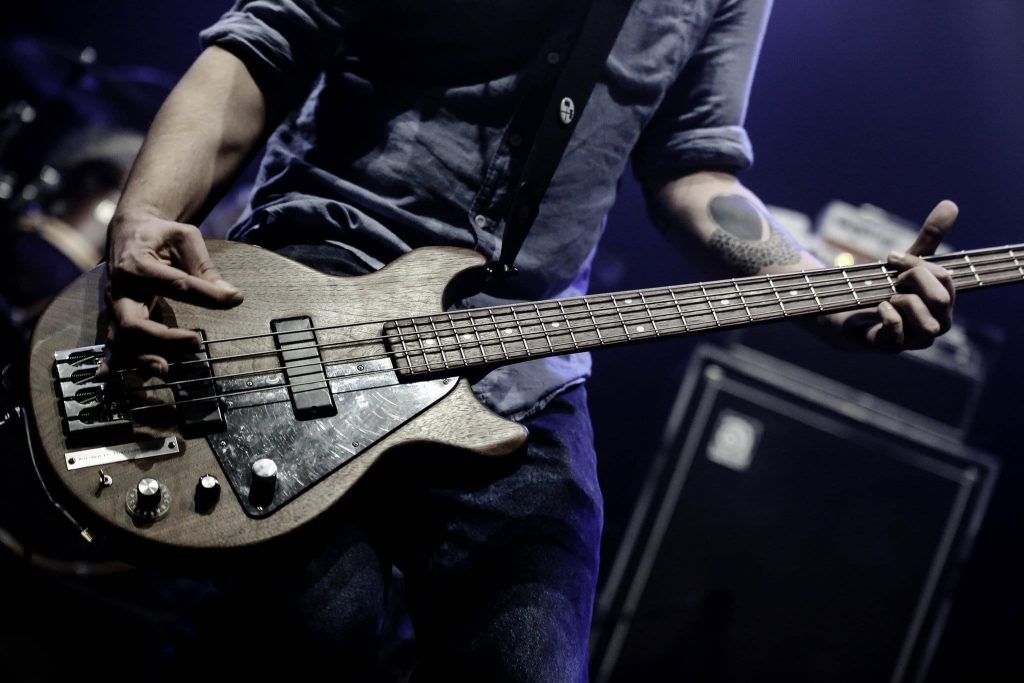 Those interested in finding the best guitar for Rocksmith should check out the following features, to ensure they have the right gear needed to start playing along with this game.
Those interested in finding the best guitar for Rocksmith should check out the following features, to ensure they have the right gear needed to start playing along with this game.
Size and weight
When you’re learning to play, whether using Rocksmith or not, you’re going to be spending hours practicing. If the guitar shape is uncomfortable to hold and play, you likely won’t want to pick it up. The same goes for the weight. A heavy guitar will weight you down, reducing the amount of time you can hold it, reducing your practice time. Be sure to check out these features before you buy the guitar, trying out a few at a music shop or testing out your friend’s guitars, then make your decision accordingly.
Consider the cable
You can’t just grab any old cable to use with the Rocksmith game. A specific cable has been designed exclusively for use with it, with a quarter-inch to USB design that changes the signal from analog to digital, which the hardware device, like the PlayStation 3, Xbox 360, PC, or Mac, will recognize. When you purchase Rocksmith, there is usually a cable included, but some versions don’t come with one, so you may need to buy one separately. You should also consider keeping a second cable on hand, in case the first one is damaged in some way. Having a spare will keep you practicing.
Pickups
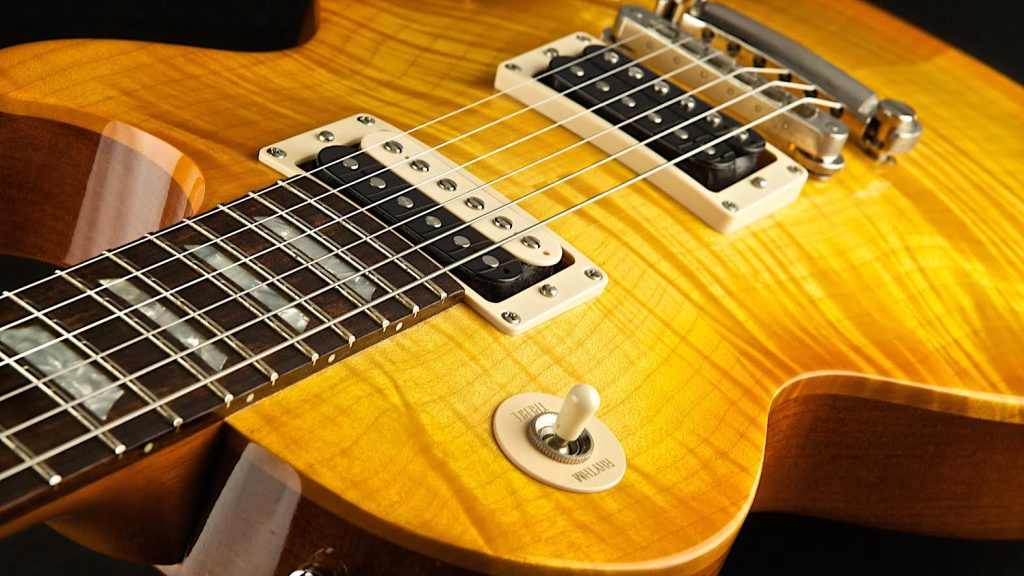 Pickups have a very specific function. They pick up the string’s vibrations, then transfer it to the amplifier, which then sends it to the speaker. There numerous types available, but four basic ones you’ll find on the most popular guitar brands.
Pickups have a very specific function. They pick up the string’s vibrations, then transfer it to the amplifier, which then sends it to the speaker. There numerous types available, but four basic ones you’ll find on the most popular guitar brands.
Single coil pickups consist of one single coil of wire and include two magnets shaped like horseshoes. These create a bright sound that’s quite loud.
The P90 is also a single coil pickup, only with a wide coil for increased string surface area. This makes an even bigger sound, though not as bright.
Humbucker pickups, like the one on the Epiphone PPEG-ENPLEBCH1-15, use twin coils, which create a warmer, richer sound with more power, though this does reduce higher frequency sounds.
The last one is the active-passive pickups, which use a battery-powered circuit for a stronger, cleaner, more balanced tone over a wide range of frequencies.
If you have a guitar that uses more than one pickup type for different outputs, there will be a switch that allows you to use them separately or combine them, depending on the tone you want.
Bridge
The bridge is located on the body of the guitar and supports the strings on that end, transmitting the vibrations to another part of the instrument. For electric guitars, there are two types of bridges to choose from.
A vibrato bridge, like the one on the Yamaha Pacifica PAC112V, uses an arm extending from under the strings that acts as a lever, which is used to alter the tension and pitch.
Non-vibrato bridges give you an anchoring point, with no control on the tension and pitch. It does offer more tuning stability, plus gives you solid contact between the guitar body and the strings.
Guitar tone wood
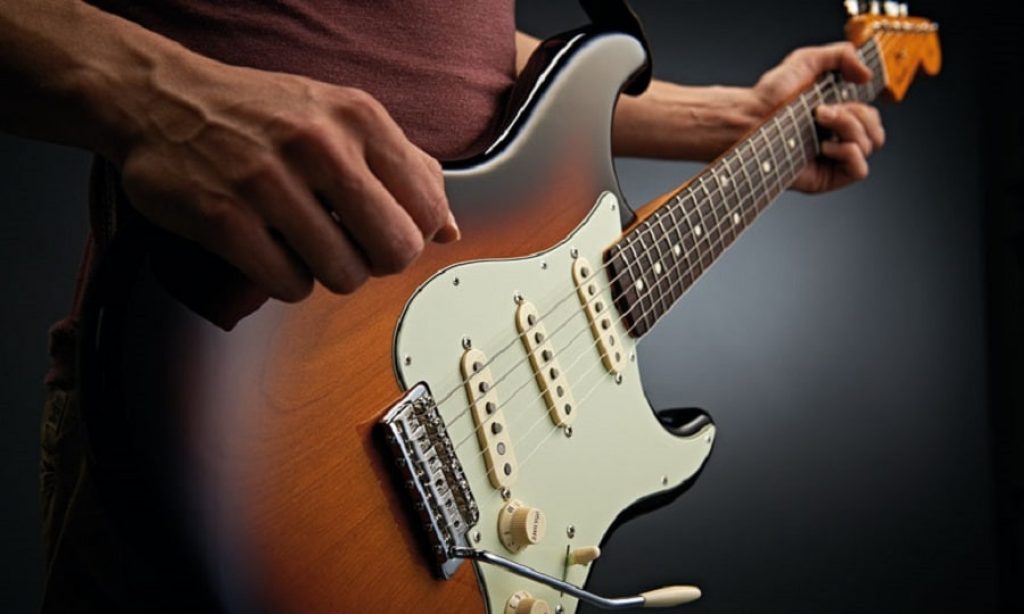 When it comes to guitar woods, not all are created equal. Different woods work better for different areas.
When it comes to guitar woods, not all are created equal. Different woods work better for different areas.
For the bodies, mahogany is popular since it offers great resonance and sustain. Ash is also good, due to the bright tone, punchy midrange, and decent sustain. Alder is similar to ash, though cheaper to buy.
For the necks, maple is the most popular choice, due to its density, hardness, and light weight. Mahogany is also used occasionally, though more often on acoustic guitars than electric ones.
Maple is also a common choice on fretboards, though some brands prefer rosewood or ebony for their balanced sounds. These two also resist wear, even when you play regularly.
Fretboard and frets
The fretboard, also called a fingerboard, is located on the front of the neck. It is usually made of wood that is laminated. The strings pass over the board between the bridge and the nut.
The thin metal bars that run down the length of the neck are called frets. These pieces are note separators, which allow you to play each note and chord. Though most guitars have 22 frets, those designed for rock or metal usually have 24 frets for reaching higher notes. The number of frets for beginners just starting out with Rocksmith isn’t an issue, at least until you decide which music genre you favor.
On the fretboard, there are also white, black, or colored dots, which are the fret markers. The position of each marker helps you figure out which position you’re on.
Neck and scale length
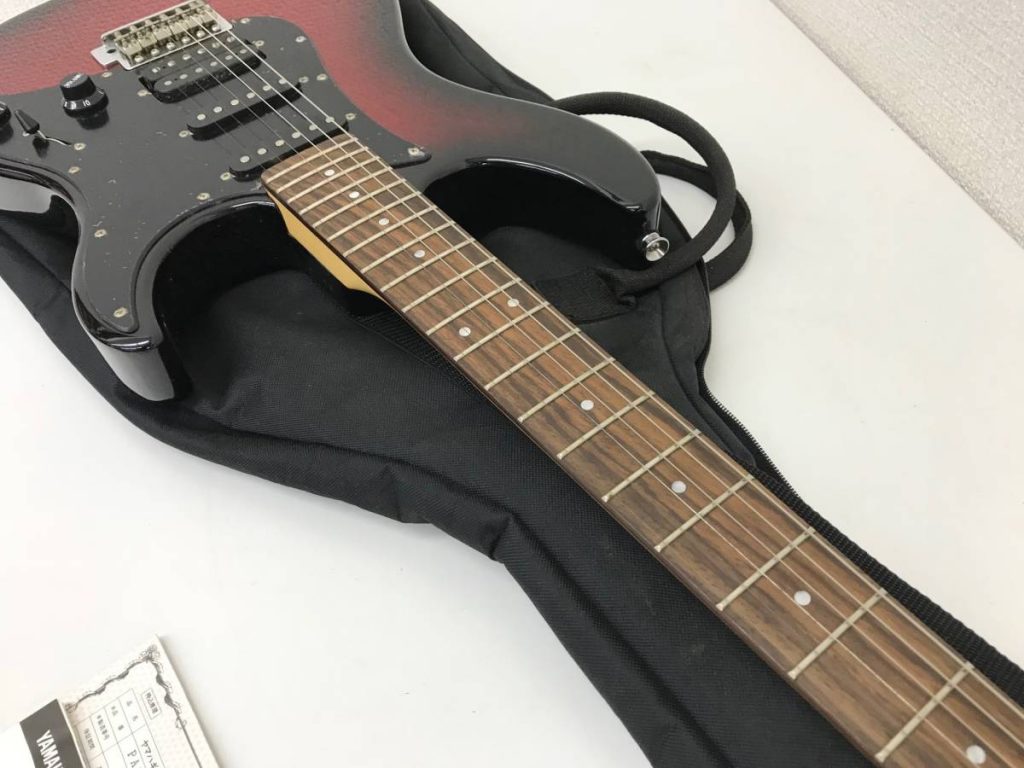 The scale length of a guitar is measured most accurately from the nut to the 12th fret and then doubled. The length affects playability since longer lengths increase the amount of tension needed to keep the string at the right pitch. Shorter lengths use less tension for this, plus allow the strings to bend easier.
The scale length of a guitar is measured most accurately from the nut to the 12th fret and then doubled. The length affects playability since longer lengths increase the amount of tension needed to keep the string at the right pitch. Shorter lengths use less tension for this, plus allow the strings to bend easier.
Guitar necks come in a few different sizes and shapes. Some are slim while others are wide, and which you choose depends on the size of your hand. Smaller hands work better on slimmer necks, while bigger hands need more space.
The shapes are C, V, and U shapes, each of which is a bit different. The C shape has the shallowest depth, which fits a variety of hand shapes and playing styles. The V shape is best for those who prefer to place their thumb over the fretboard edge, while the U is better for those who keep their thumb on the back of the neck.
Warranty
A guitar’s warranty is important for the same reason as any other product. If it is defective in some way and needs repairs, you don’t want to have to pay for that. The warranty covers you for these unexpected issues, rather than you paying out of your own pocket. The longer the coverage time, the more time you have to test it out to find any issues.
Maintenance tips
To keep your electric guitar looking and working its best, try out the following tips:
- Remove the strings it comes with by unwinding the tuning peg, taking the string off, and pulling them out of the bridge.
- Re-string the guitar with new, high-quality strings. Start at the bridge, then put the tip through the tuning peg and turn.
- Take a damp washcloth and clean off any fingerprints, dust, or dirt. Keep the water out of the electronics.
- Apply wood polish using a soft washcloth or some newspaper.
- Tune your guitar using a digital tuner. If you don’t have one, tune the E (6th) string as best you can. Then press the fifth fret of that string and match next string to it. Work your way down the rest of the strings in the same way, except use the fourth fret on the third string to match the second string.
- Store your guitar in a case or on a stand at the proper humidity.






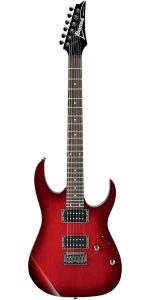
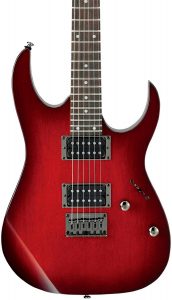
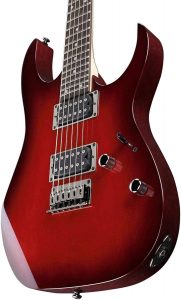
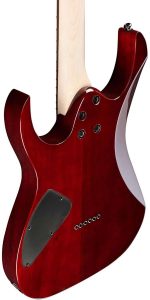
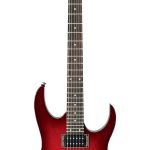
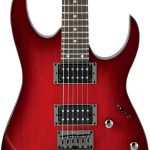
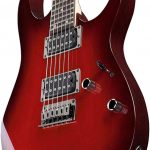
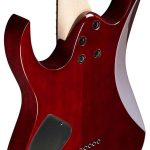
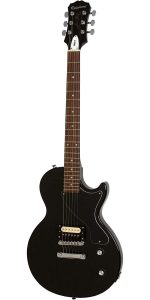



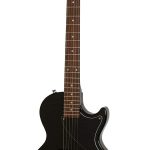
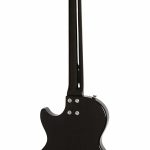

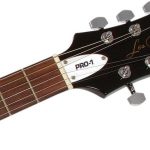
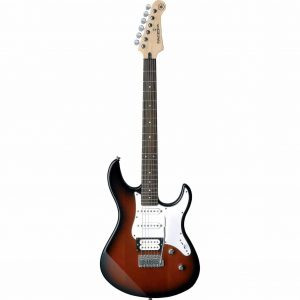

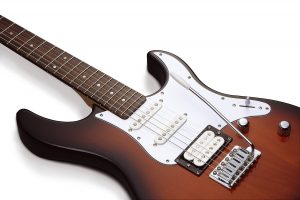
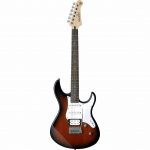
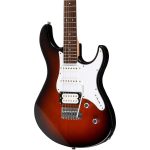



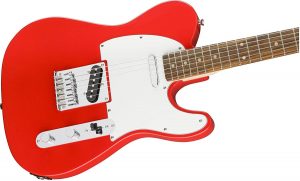
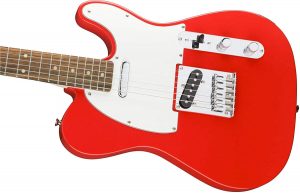
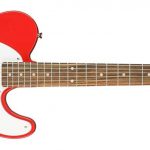
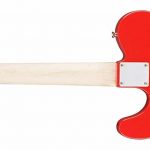
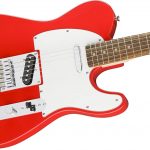
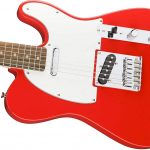
 When it comes to choosing the best guitar for Rocksmith, there are a few factors you need to consider to ensure you have the right one to help you succeed with the game and learn basic guitar playing skills.
When it comes to choosing the best guitar for Rocksmith, there are a few factors you need to consider to ensure you have the right one to help you succeed with the game and learn basic guitar playing skills. Those interested in finding the best guitar for Rocksmith should check out the following features, to ensure they have the right gear needed to start playing along with this game.
Those interested in finding the best guitar for Rocksmith should check out the following features, to ensure they have the right gear needed to start playing along with this game. Pickups have a very specific function. They pick up the string’s vibrations, then transfer it to the amplifier, which then sends it to the speaker. There numerous types available, but four basic ones you’ll find on the most popular guitar brands.
Pickups have a very specific function. They pick up the string’s vibrations, then transfer it to the amplifier, which then sends it to the speaker. There numerous types available, but four basic ones you’ll find on the most popular guitar brands. When it comes to guitar woods, not all are created equal. Different woods work better for different areas.
When it comes to guitar woods, not all are created equal. Different woods work better for different areas. The scale length of a guitar is measured most accurately from the nut to the 12th fret and then doubled. The length affects playability since longer lengths increase the amount of tension needed to keep the string at the right pitch. Shorter lengths use less tension for this, plus allow the strings to bend easier.
The scale length of a guitar is measured most accurately from the nut to the 12th fret and then doubled. The length affects playability since longer lengths increase the amount of tension needed to keep the string at the right pitch. Shorter lengths use less tension for this, plus allow the strings to bend easier.




